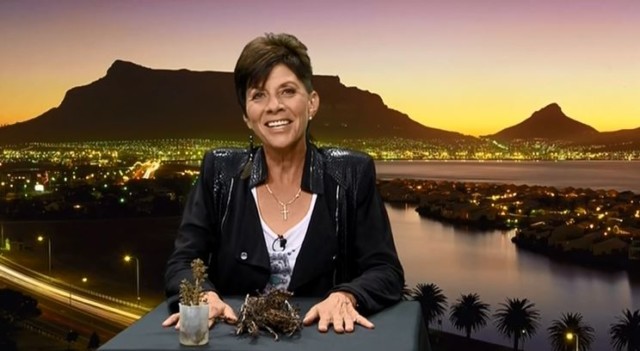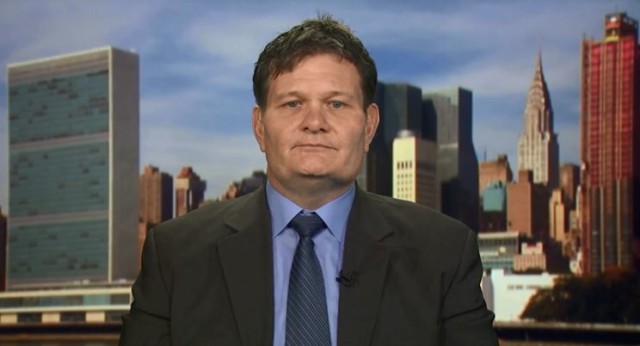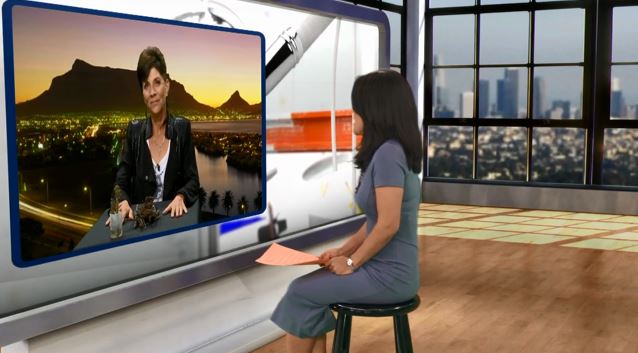Sustainability is shaping trends all across the globe, from agriculture and fashion to architecture and gourmet dining.
This week, Full Frame takes a look at the tastiest, chicest and coolest innovations in sustainability.
Jill Farrant: Resurrecting plants

Scientist Jill Farrant is leading research on drought-resistant plants.
Scientist Jill Farrant is a professor and research chair in the Department of Molecular and Cell Biology at the University of Cape Town in South Africa. She is currently leading the development of drought-tolerant crops. They’re called “resurrection plants” because they can survive droughts and are capable of resurrecting once supplied with water. Further development of these plants can help provide solutions for feeding populations in dry and arid climates around the world.
Farrant’s research has received international praise and in 2012, she was a recipient of the L’Oreal-UNESCO Award for Women in Science.
From Cape Town, Jill Farrant joins May Lee in our Los Angeles studio to tell us more about the potential impact of her research is Jill Farrant.
Juan Diego and Fernando Gerscovich: Sustainable apparel

Brothers Juan Diego and Fernando Gerscovich talk about creating a sustainable fashion world.
Three Argentinian brothers, Juan Diego, Fernando and Patricio Gerscovich, are on a mission. They want to return clothing manufacturing to its makers while continuing to create and use sustainable, environmentally-sound production practices.
In 2010, the brother’s founded Industry of All Nations, an international apparel company that takes manufacturing back to the regions where products and materials originate and help create a more competitive market place. From their first pair of biodegradable espadrilles to their Bolivian alpaca sweaters, Industry of All Nations is creating clothing with a conscience and connecting their products with the people and places that make them.
Juan Diego and Fernando Gerscovich join May Lee in our Los Angeles studio to talk about sustainable fashion for the world.
John Conklin: Sun-powered skyscrapers

SolarWindow Technologies President John Conklin talks about using skyscrapers to generate solar power.
According to the U.S. Energy Information Administration, global energy consumption will grow by 58% through 2040. Most of that growth will come from countries like China and India. Concerns over the effects of fossil fuel emissions on the environment, along with long-term high global oil prices, has many turning to renewable energy sources, like solar power.
John Conklin is president of SolarWindow Technologies where a first-ever electricity-generating product is about to transform the world’s windows into powerful energy conductors.
SolarWindow says a 50-story building could deliver results 50 times more powerful than conventional rooftop solar panels. By harnessing the sun’s power and integrating it into new and existing structures, SolarWindow believes eventually skyscrapers and high-rises could offset their power needs by simply generating their own electricity.
From New York, John Conklin joins May Lee in our Los Angeles studio to talk about this new twist on solar energy.
Healthy ocean future: Sustainable aquaculture

Bangs Island Mussels, farm-raised in Maine.
The world’s oceans, lakes and rivers are feeling the strain of over fishing. Dwindling supplies, of some fish species, have led to a rise in aquaculture, or farming fish and plants. The practice accounts for roughly half of the seafood production around the globe. China, by far, is the largest producer.
While experts say there’s little taste difference between the two, and, nutritionally they are very similar, there is debate over whether wild-caught or farm-raised is better for the environment. So, what’s the difference between fish or plants raised on a farm and those caught or grown in the wild?
Full Frame’s Mike Walter explores the differences.
 CGTN America
CGTN America Scientist Jill Farrant talks about the impact her research could have on creating drought-resistant plants.
Scientist Jill Farrant talks about the impact her research could have on creating drought-resistant plants.
